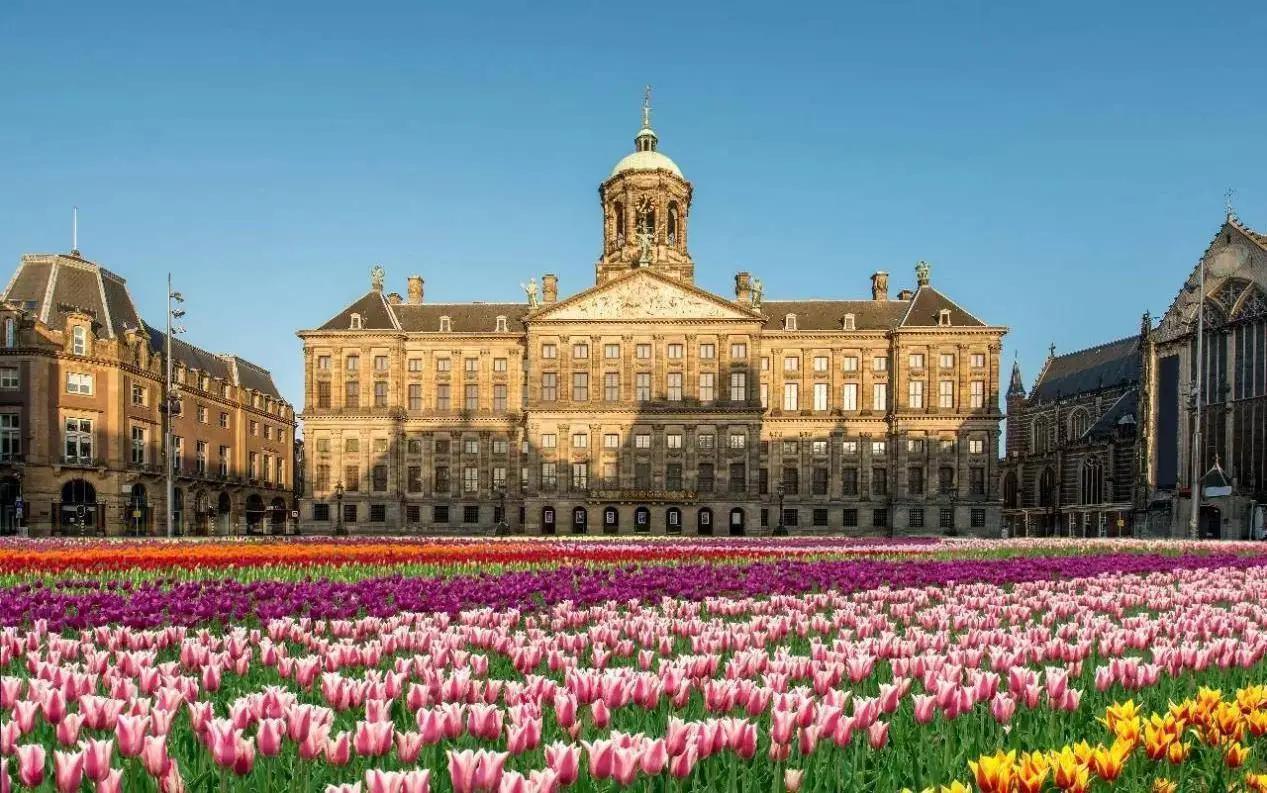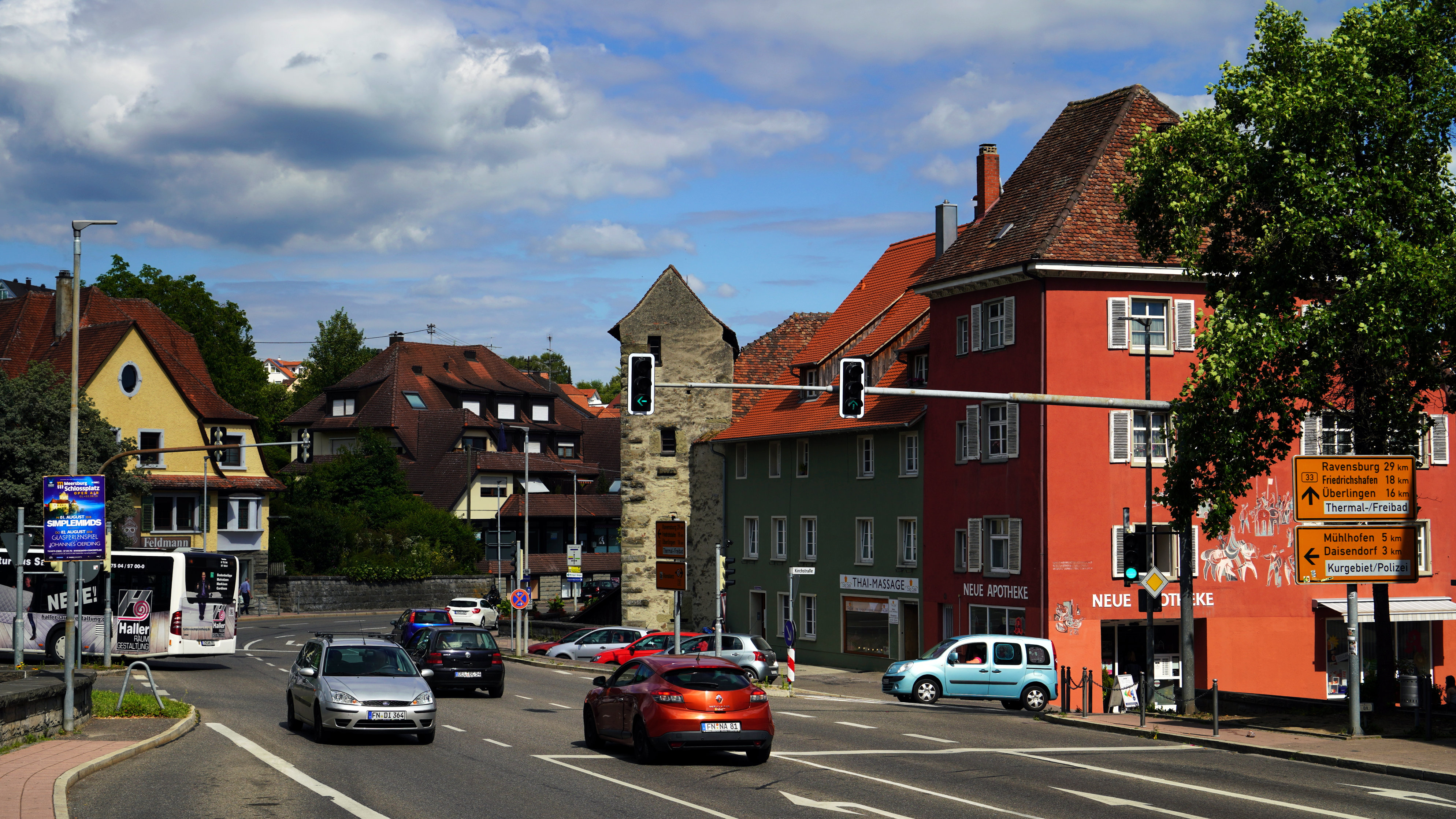Global Travel Information
Lake Taupo, New Zealand
Lake Taupo: The Heart of New Zealand’s North Island
Nestled in the heart of New Zealand’s North Island, Lake Taupo is a breathtaking natural wonder that captivates visitors with its pristine waters, dramatic landscapes, and rich cultural heritage. As the largest freshwater lake in Australasia, spanning 616 square kilometers, Lake Taupo is not just a scenic attraction but also a hub of adventure, relaxation, and geological significance. Whether you’re drawn to its volcanic origins, Maori legends, or world-class outdoor activities, Lake Taupo offers an unforgettable experience for every traveler.
A Volcanic Legacy
Lake Taupo’s origins are as dramatic as its scenery. The lake was formed nearly 26,500 years ago by a colossal volcanic eruption—one of the most violent in Earth’s history. Known as the Oruanui eruption, it ejected over 1,170 cubic kilometers of material, reshaping the landscape and leaving behind a caldera that eventually filled with water. Today, the lake’s depths reach up to 186 meters, and its geothermal activity is a constant reminder of the region’s fiery past.
The Taupo Volcanic Zone remains one of the world’s most active geothermal areas. Nearby attractions like Craters of the Moon, a steaming geothermal park, and the famous Huka Falls—where the Waikato River thunders through a narrow gorge—highlight the raw power of nature. The lake itself sits atop a still-active magma chamber, making it a living testament to the dynamic forces that shaped New Zealand.
Maori Culture and Legends
For the indigenous Maori people, Lake Taupo holds deep spiritual significance. Known as Taupō-nui-a-Tia ("the great cloak of Tia"), the lake is named after the explorer Tia, who discovered it centuries ago. According to Maori legend, the lake was created by the demigod Ngatoroirangi, who summoned fire from the gods to warm himself during a snowstorm, leading to the volcanic eruption that formed the basin.
The region is home to the Ngati Tuwharetoa iwi (tribe), who have been its guardians for generations. Visitors can immerse themselves in Maori culture through guided tours, traditional hangi feasts (food cooked in earth ovens), and performances of kapa haka (Maori song and dance). The Maori rock carvings at Mine Bay, accessible only by boat or kayak, are another must-see. These towering 14-meter-high carvings, created in the 1970s by master carver Matahi Whakataka-Brightwell, depict Ngatoroirangi and pay homage to Maori heritage.
Outdoor Adventures and Activities
Lake Taupo is a paradise for adventure seekers and nature lovers alike. The crystal-clear waters are perfect for swimming, kayaking, and sailing, while the surrounding forests and mountains offer endless hiking and biking trails.
-
Hiking the Tongariro Alpine Crossing
Just a short drive from Taupo, the Tongariro Alpine Crossing is often hailed as one of the world’s best day hikes. This 19.4-kilometer trek traverses volcanic terrain, passing emerald lakes, steaming craters, and panoramic views of Mount Ngauruhoe (famously known as Mount Doom from The Lord of the Rings). -
Fishing for Trophy Trout
Lake Taupo is renowned for its rainbow and brown trout, attracting anglers from around the globe. The Tongariro River, one of the lake’s main tributaries, is particularly famous for fly-fishing. Local guides offer expert advice, ensuring even beginners can enjoy this quintessential Kiwi experience. -
Jet Boating and White-Water Rafting
For adrenaline junkies, the Huka Falls Jet Boat ride is a thrilling way to experience the power of the Waikato River. Alternatively, white-water rafting on the Tongariro or Rangitaiki Rivers provides an exhilarating challenge with rapids ranging from Grade 3 to 5. -
Scenic Cruises and Hot Springs
Those seeking relaxation can take a scenic cruise to the Maori carvings or soak in the geothermal hot pools at Wairakei Terraces or the luxurious Polynesian Spa. The warm, mineral-rich waters are perfect for unwinding after a day of exploration.
Sustainable Tourism and Conservation
Lake Taupo’s pristine environment is carefully protected through sustainable tourism initiatives. The Lake Taupo Protection Trust, established in 2007, works to reduce nitrogen runoff from surrounding farms to maintain water quality. Visitors are encouraged to respect the tapu (sacredness) of the land by following eco-friendly practices, such as using biodegradable sunscreen and sticking to marked trails.
When to Visit
Lake Taupo is a year-round destination, each season offering unique experiences:

- Summer (December–February): Ideal for water sports, hiking, and festivals like the Lake Taupo Cycle Challenge.
- Autumn (March–May): Stunning foliage and fewer crowds make it perfect for peaceful exploration.
- Winter (June–August): Skiing on Mount Ruapehu and soaking in hot springs are highlights.
- Spring (September–November): Wildflowers bloom, and trout fishing season begins.
Conclusion
Lake Taupo is more than just a picturesque lake—it’s a living testament to New Zealand’s volcanic power, a cultural treasure for the Maori people, and an adventurer’s dream destination. Whether you’re hiking through volcanic landscapes, fishing in crystal-clear waters, or learning about ancient legends, Lake Taupo promises an experience that lingers in the heart long after you leave. For those seeking the essence of New Zealand’s natural beauty and spirit, Lake Taupo is an unmissable destination.
相关文章
- Elbe River Archaeological Sites: Ancient Finds Near the Water
- Elbe River Botanical Gardens: Flowers & Plants Along the Banks
- Elbe River Zoos & Aquariums: Family Fun Near the River
- Elbe River Amusement Parks: Rides with River Views
- Elbe River Camping Spots: Pitch a Tent by the Water
- Elbe River Glamping Sites: Luxury Camping Along the Banks
- Elbe River RV Parks: Stay in Your Camper Near the River
- Elbe River B&Bs: Cozy Accommodations with a Personal Touch
- Elbe River Hostels: Budget Stays for Young Travelers
- Elbe River Business Travel Guide: Meetings & Events Near the Water
发表评论
评论列表
- 这篇文章还没有收到评论,赶紧来抢沙发吧~


